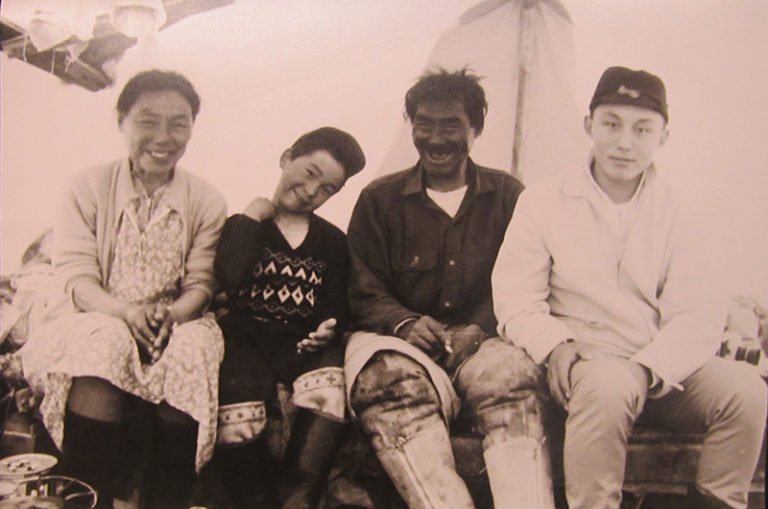Last summer we were lucky enough to interview Piita Irniq, a well-respected Inuit elder, prominent spokesperson and the second commissioner of Nunavut. In case you missed it, here is the interview with the transcript below.
“I was born in an igloo, lived in an igloo for the first eleven years of my life, until I was taken by the church and the Canadian Government to go to residential school.
My name is Piita Irniq. I come from Nuajaat, known as Repulse Bay for a time. I was living on the land with my parents for the first eleven years of my life. I lived with my parents and my sister and my brother in law, hunting and fishing and surviving from the land. We would clothe ourselves with caribou skins and seal skins which were sewn by my mother and my sister.

Inuit are a hunting society. Being out on the land is very healing. We are happy people We are very resilient people as well. What I like about being Inuit is that is that we are extremely adaptable people.
1975 is when I was first elected to the Legislative Assembly of the Northwest Territories. It was moving from igloo to legislature. Only fifteen years before I was still living in an igloo. And now here I am, in the world of the white man being a member of the Legislative Assembly and became a Minister in the government of the NWT. We wanted to have more say as Inuit about what was taking place in the Arctic at that time. We have always looked after the Arctic since time immemorial. We wanted to make sure it was written in law that we wanted the Canadian government to recognize the fact that we wanted to have more say of how things were done in the Arctic. It took us 29 years to negotiate the creation of Nunavut. And the creation of Nunavut meant that we would establish our own government, that we would call the new territory ‘Nunavut’ which means ‘our land’ in our Inuit language. Our children and their children would a territory of their own and they too can decide their own future, their own destiny.
We benefit from tourists coming into the community buying local goods, such as carvings. Inuit at the community level are benefiting from the fact that we are promoting our own culture to the newcomer. The more communities you visit you get an opportunity to learn about Inuit, to see a land that is different from yours. You get an opportunity to see tundra, to see Inukshuk. You get an opportunity to see Inuit in their own homeland, the kind of animals that we hunt, that we eat, that we clothe ourselves from. You have an opportunity to visit Inuit homeland, the way it used to be, the way it is today and the way it’s going to be in the future. So you will have a lasting memory of your visit with the Inuit.”
For more information on our Arctic voyages click here, speak to your preferred agent or contact our sales team here.















